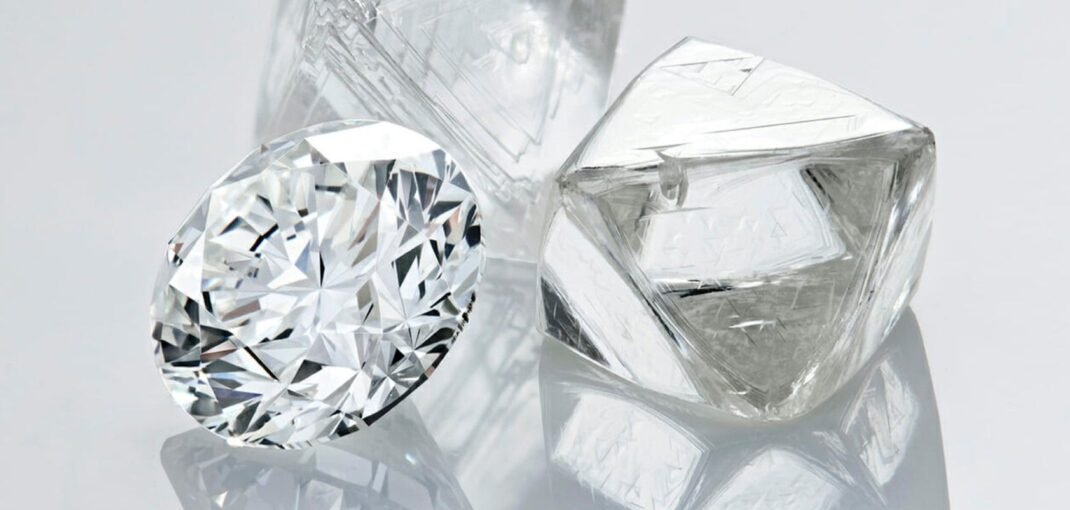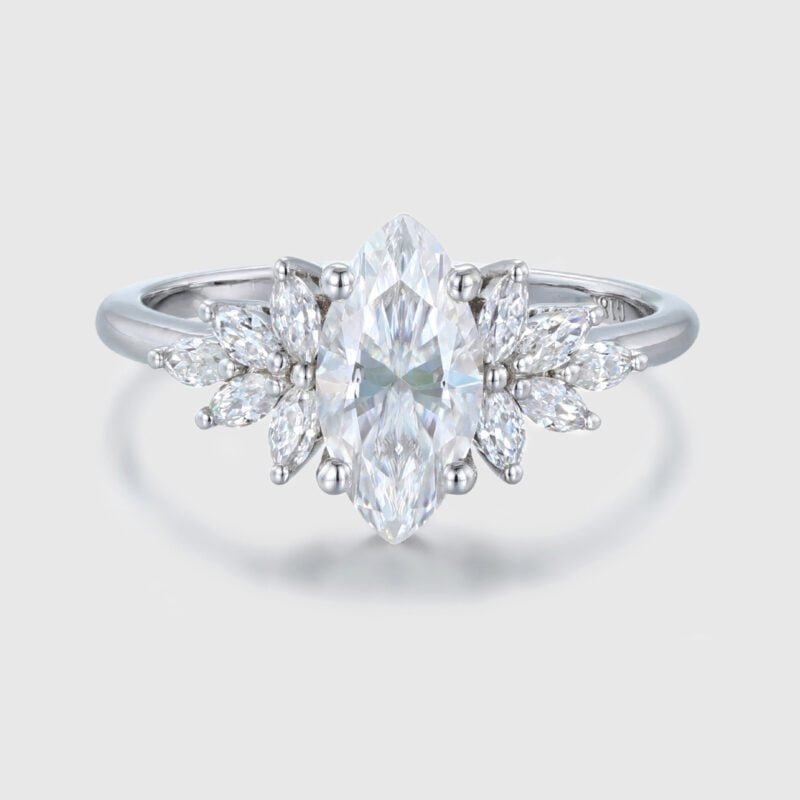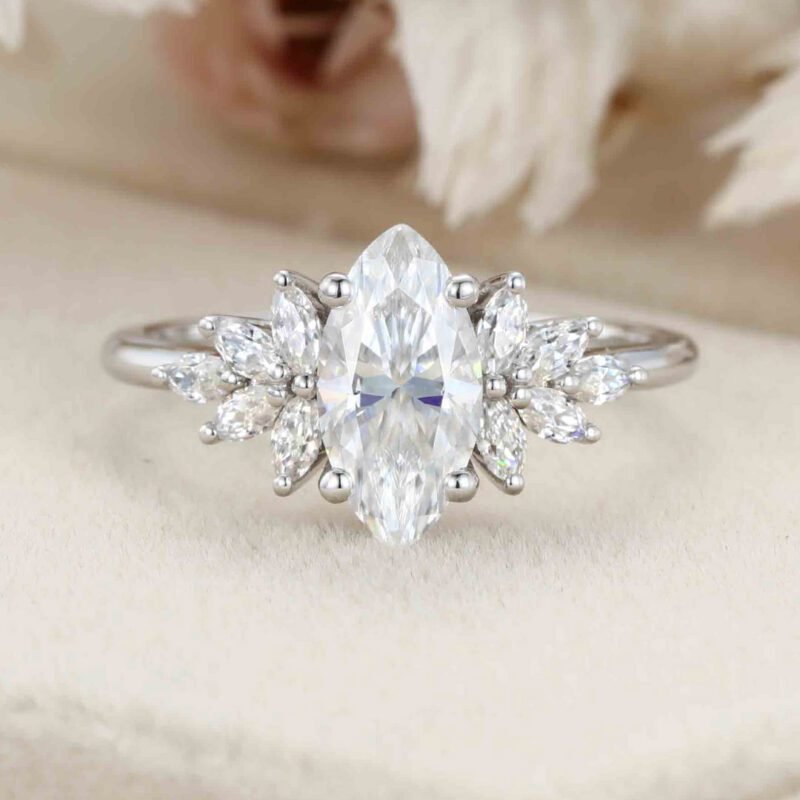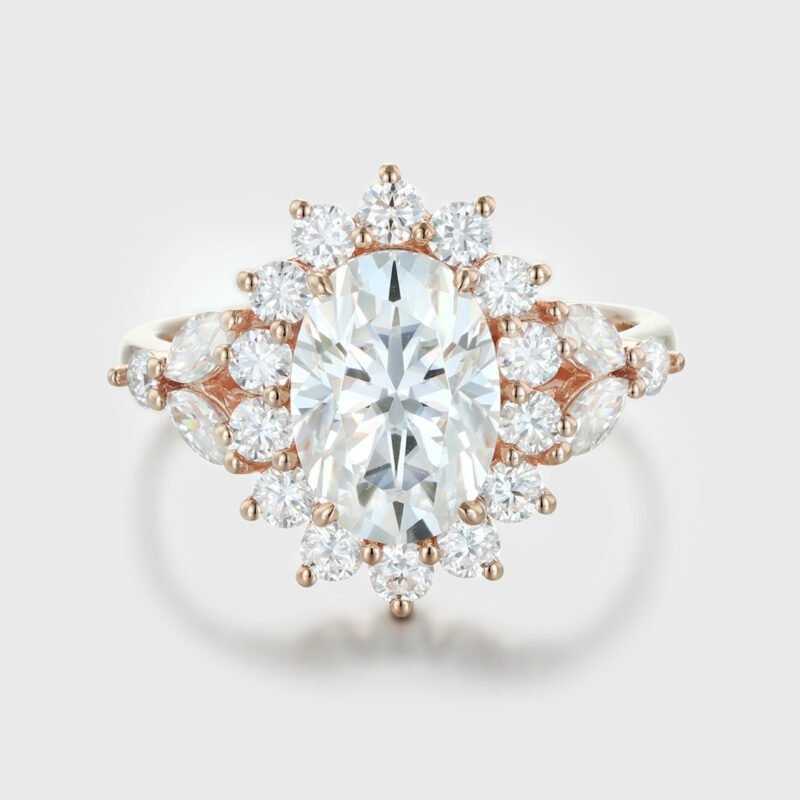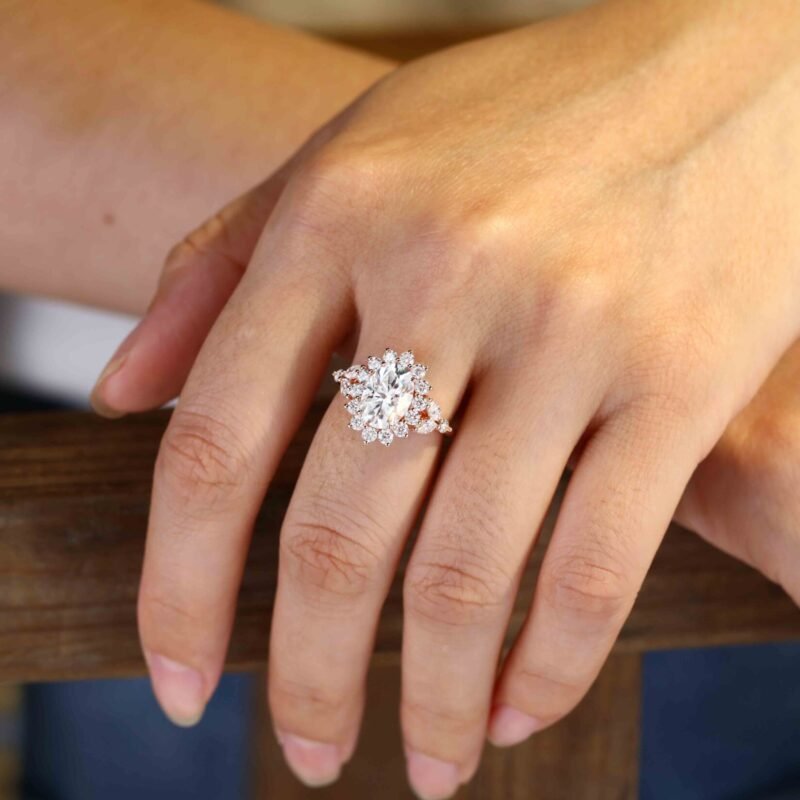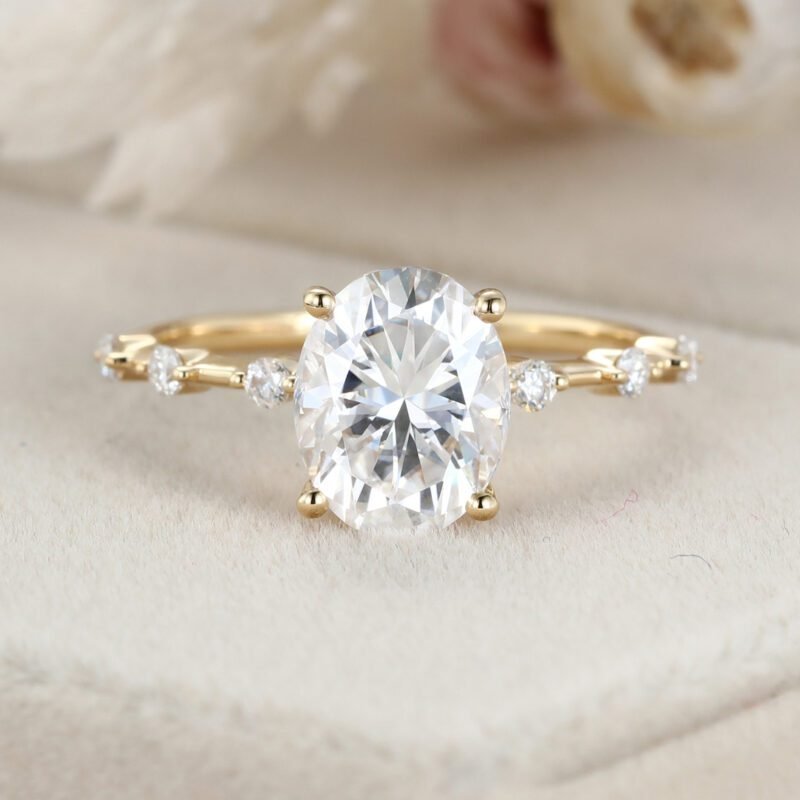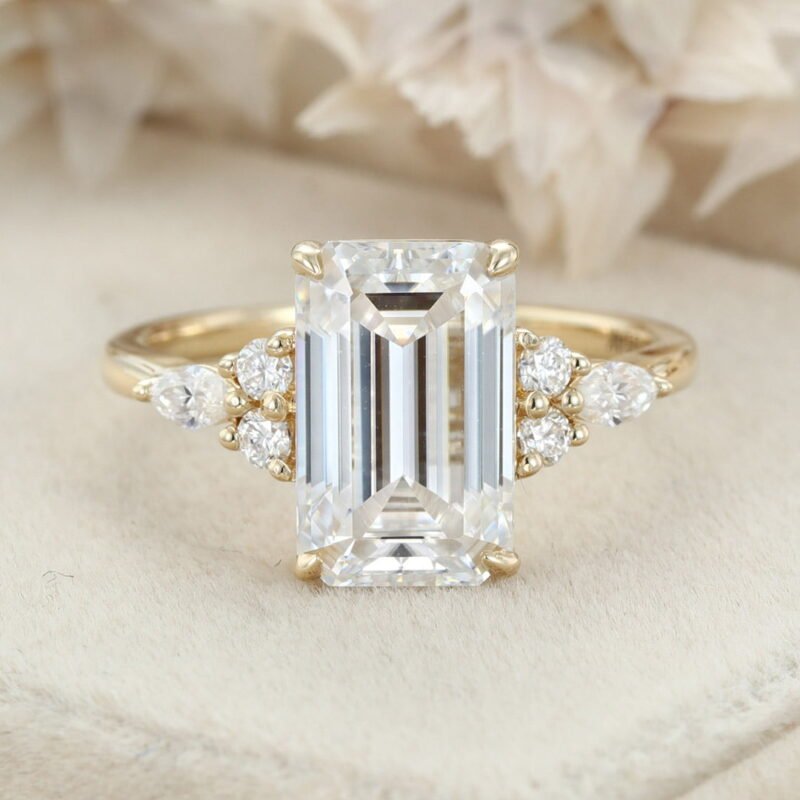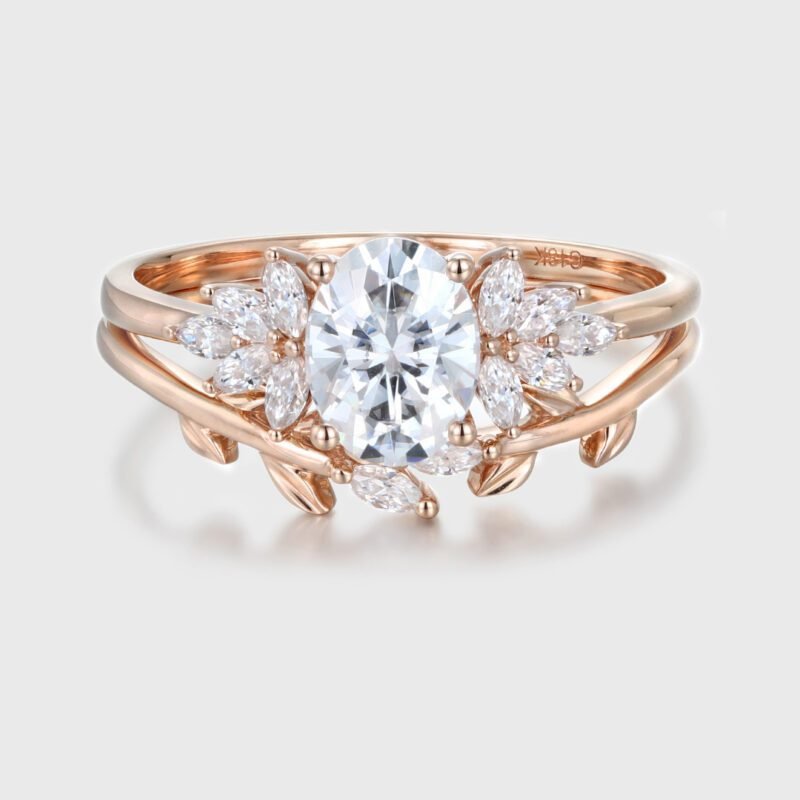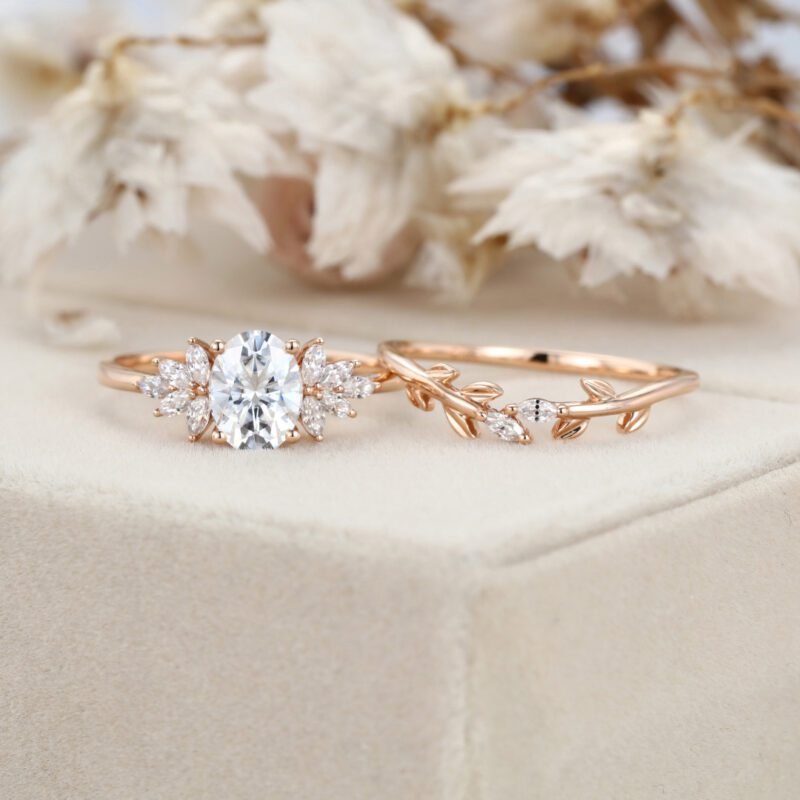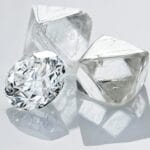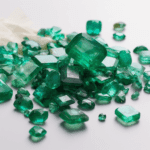Are Lab Grown Diamonds Real Diamonds
Lab grown diamonds, also known as synthetic or cultured diamonds, are created using advanced technological processes that replicate the natural conditions under which diamonds form. The two primary methods for producing lab grown diamonds are High Pressure High Temperature (HPHT) and Chemical Vapor Deposition (CVD).
- HPHT Method: This technique mimics the high pressure and high temperature conditions found deep within the Earth. Carbon is subjected to extreme pressure and temperature, resulting in the formation of a diamond crystal.
- CVD Method: In this process, a diamond seed is placed in a chamber filled with carbon-rich gas. The gas is ionized into plasma, causing carbon atoms to deposit onto the seed and form a diamond layer by layer.
Both methods produce diamonds that are chemically, physically, and optically identical to natural diamonds.
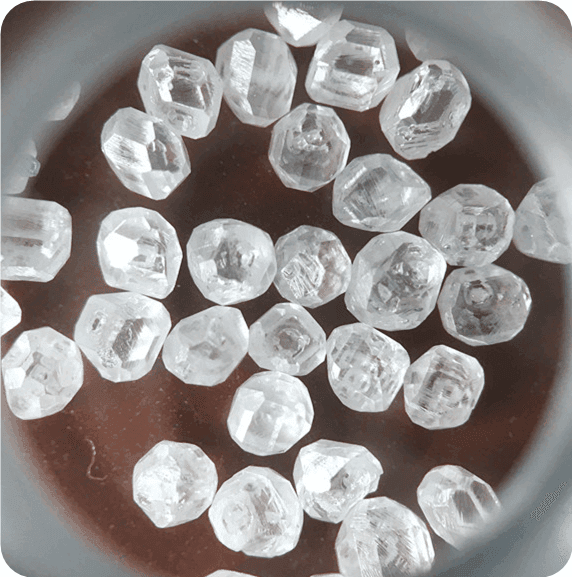
Understanding Lab Grown Diamonds
One of the primary advantages of lab grown diamonds is their environmental friendliness. Unlike natural diamonds, which are extracted through extensive mining operations that can harm ecosystems, lab grown diamonds require significantly less energy and resources. Additionally, they are free from the ethical concerns associated with conflict diamonds, ensuring that consumers can enjoy their purchase with a clear conscience.
Comparing Lab Grown and Natural Diamonds
Visually and structurally, lab grown diamonds and natural diamonds are nearly identical. Both types exhibit the same clarity, color, cut, and carat weight characteristics. However, there are subtle differences that can be detected using specialized equipment. For instance, lab grown diamonds may have different trace elements or growth patterns compared to natural diamonds. Despite these differences, the overall quality and appearance of lab grown diamonds are on par with natural diamonds.
Physical and Chemical Properties of Lab Grown Diamonds
Lab grown diamonds possess the same atomic structure and properties as natural diamonds. This means they share the same hardness (10 on the Mohs scale), high thermal conductivity, and distinctive brilliance. The optical properties of lab grown diamonds, such as their refractive index and dispersion, are identical to those of natural diamonds, making them indistinguishable to the naked eye.
Advantages of Lab Grown Diamonds
Lab grown diamonds offer several advantages over their natural counterparts:
- Environmental Benefits: The production of lab grown diamonds has a significantly lower environmental impact compared to traditional diamond mining, which can cause habitat destruction, soil erosion, and water pollution.
- Ethical Considerations: Lab grown diamonds are free from the ethical issues associated with conflict or blood diamonds. They are produced in controlled environments, ensuring fair labor practices and avoiding human rights abuses.
- Cost-Effectiveness: Lab grown diamonds are generally more affordable than natural diamonds of comparable quality. This cost advantage allows consumers to purchase larger or higher quality diamonds within their budget.
Comparing IGI Certified Diamonds and Non-Certified Diamonds
When it comes to purchasing diamonds, certification plays a crucial role in determining the value and authenticity of the gem. IGI certified diamonds undergo rigorous testing and evaluation, providing assurance of their quality. Non-certified diamonds, on the other hand, may lack this verification, leading to potential discrepancies in their advertised characteristics.
Quality assurance is a significant advantage of IGI certified diamonds. The certification process ensures that the diamond’s cut, color, clarity, and carat weight are accurately represented, allowing buyers to make informed decisions. Furthermore, IGI certification enhances the resale value of diamonds, as certified gems are more likely to retain their worth over time. Consumer trust is also higher for certified diamonds, as the certification provides an additional layer of credibility and transparency.

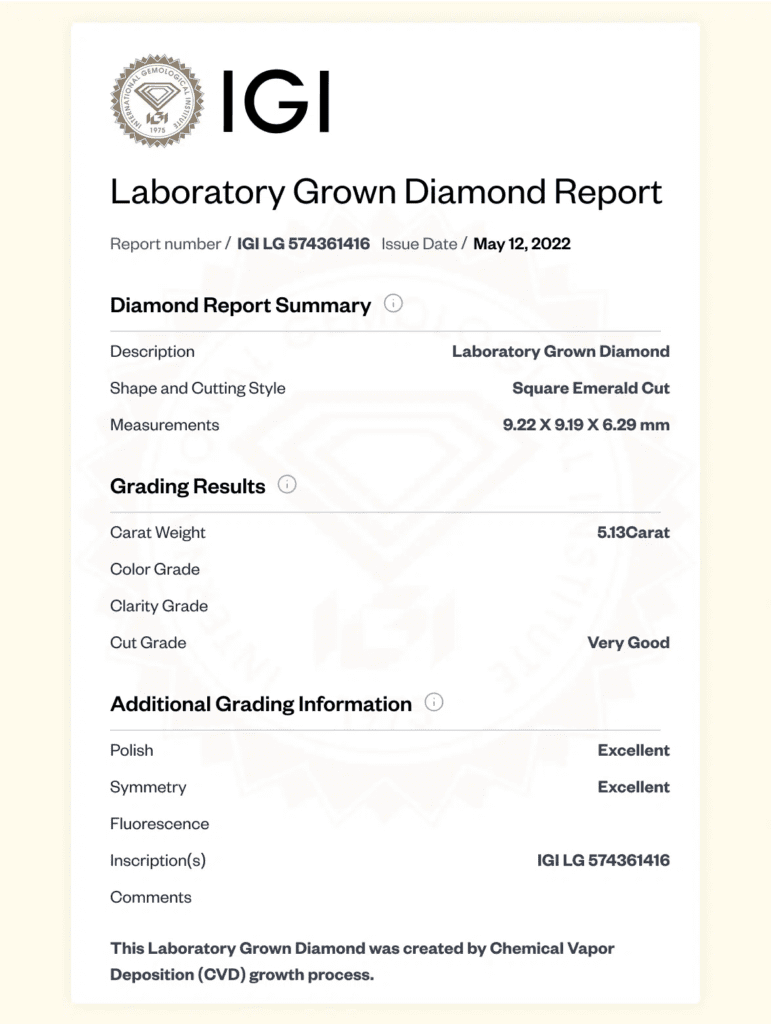
Common Myths and Misconceptions
There are several myths and misconceptions surrounding lab grown diamonds that need to be addressed:
- Misconception: Lab Grown Diamonds Are Fake: Lab grown diamonds are not fake; they are real diamonds with the same chemical and physical properties as natural diamonds. The term “synthetic” refers to their origin, not their authenticity.
- Myth: Lab Grown Diamonds Are Inferior: Lab grown diamonds are not inferior in any way. They can be of equal or even superior quality to natural diamonds, depending on their production process and grading.
- Clarification: Authenticity and Quality: Lab grown diamonds undergo rigorous certification processes, similar to natural diamonds. Leading certification bodies, such as the International Gemological Institute (IGI), evaluate and certify lab grown diamonds, ensuring their authenticity and quality.
The Future of Lab Grown Diamonds
The future of lab grown diamonds looks promising, with technological advancements driving innovation and market growth. Developments in production techniques, such as improved HPHT and CVD methods, are enhancing the quality and affordability of lab grown diamonds. These advancements are expected to increase consumer acceptance and preference for lab grown diamonds.
Market growth for lab grown diamonds is fueled by increasing awareness of their benefits.
FAQs About Lab Grown Diamonds
Yes, lab grown diamonds are typically 30-60% less expensive than natural diamonds of comparable quality. This cost difference allows buyers to invest in higher quality or larger diamonds within their budget.
To the naked eye, lab grown and natural diamonds appear identical. Specialized equipment and testing by gemological laboratories are required to differentiate between the two based on trace elements and growth patterns.
Yes, lab grown diamonds have the same hardness and durability as natural diamonds. Both types rate 10 on the Mohs hardness scale, making them extremely resistant to scratching and suitable for everyday wear.
Lab grown diamonds are considered more environmentally friendly than natural diamonds because their production has a lower environmental impact, avoiding the ecological damage associated with traditional diamond mining.
While lab grown diamonds may not hold their value as well as natural diamonds in the resale market, their affordability and ethical advantages make them an appealing choice for many consumers.
Yes, lab grown diamonds are an ethical choice as they are produced in controlled environments with fair labor practices, free from the human rights abuses and environmental harm associated with some natural diamond mining operations.
Oveela Jewelry offer IGI certified lab-grown diamonds, which you can choose from the main stone options at the time of purchase, and we offer lab-grown diamonds with different 4C requirements, or different budgets.
It is impossible to tell the difference between natural and laboratory-grown diamonds in terms of physical characteristics and visual discrimination, and they require specialized equipment to detect them.
Laboratory-grown diamonds are produced in a simulated natural environment, which accelerates their crystallization process. They are of course the perfect alternative to diamonds.
We currently offer IGI certified lab grown diamonds VS1-F/G 1 carat for $800.
VS1-F/G 1.5 ct. for $1400.
VS1- F/G 2 carat for $2200.
On top of that, you can choose a different 4C standard, and the difference in price won't be that big.

